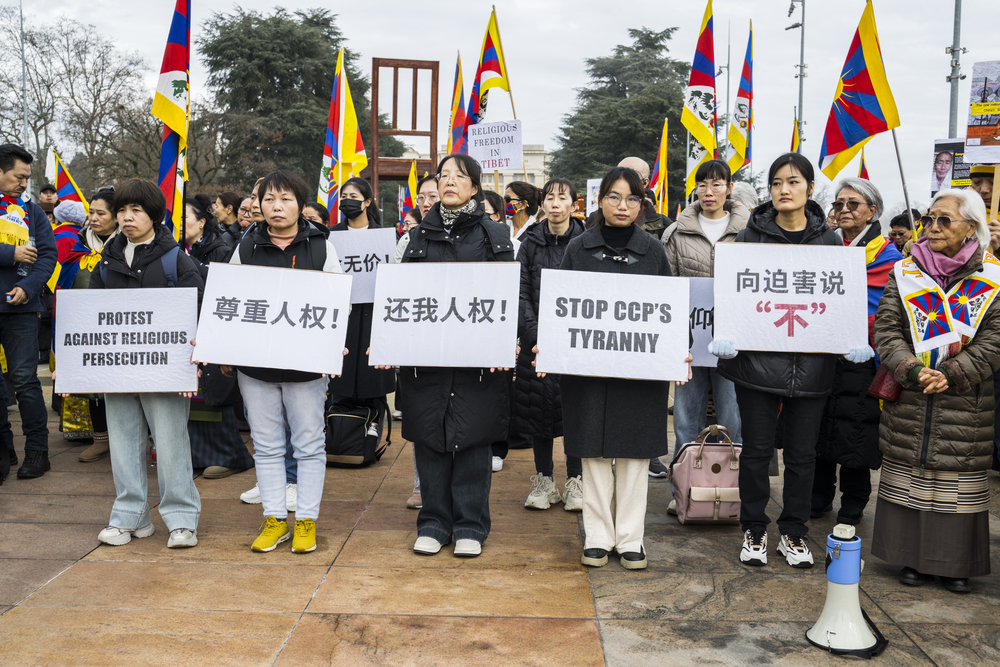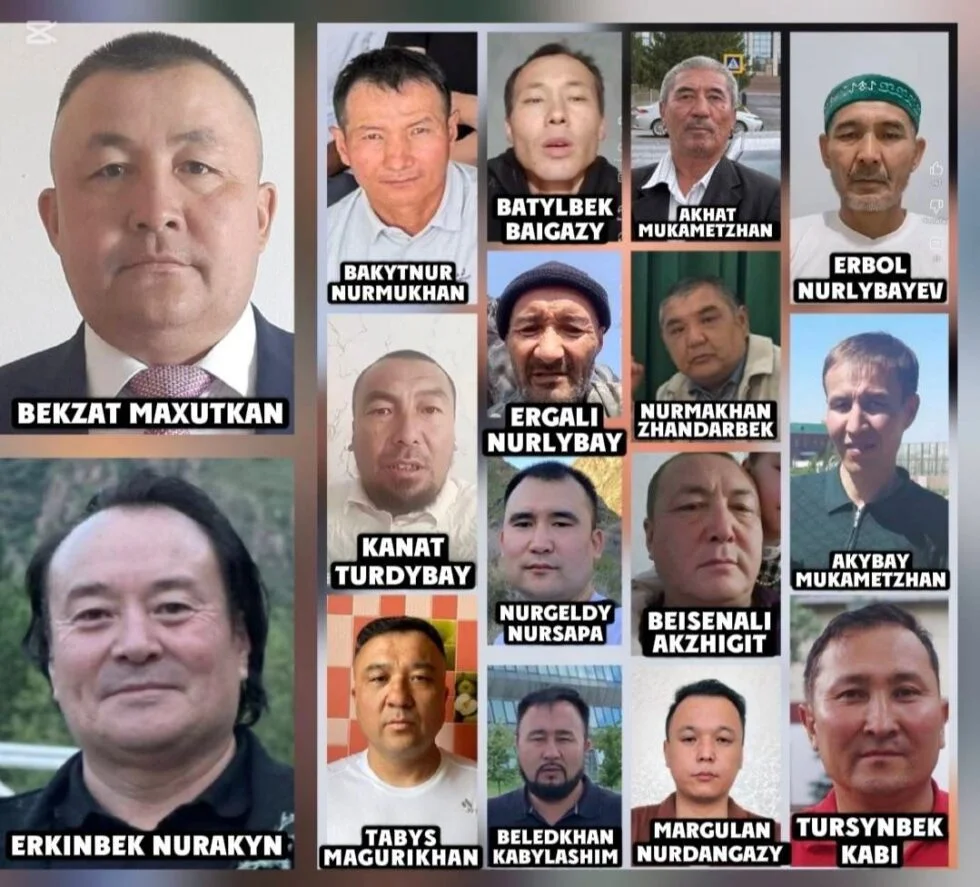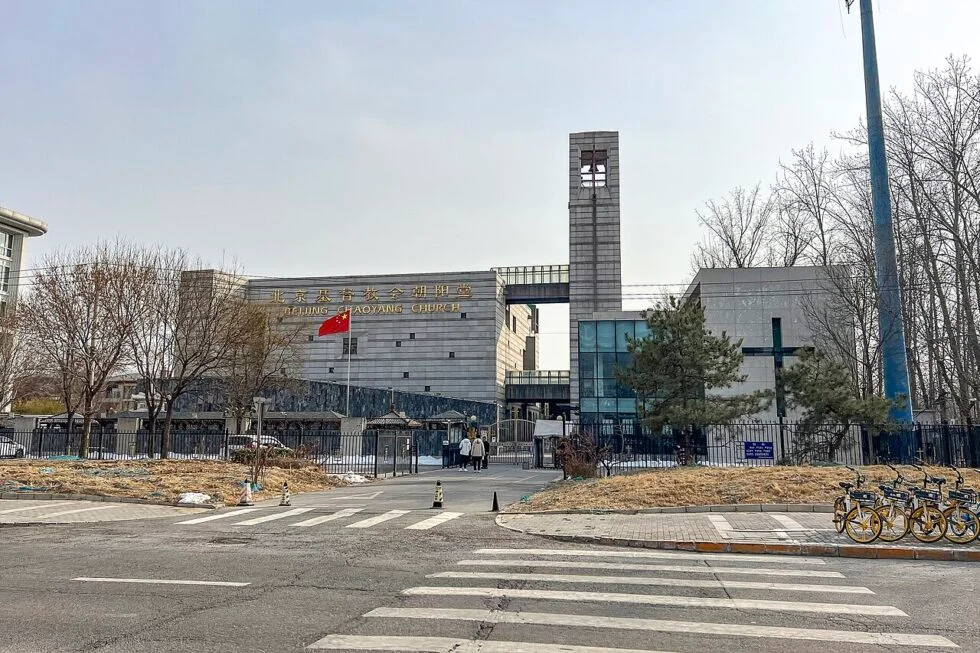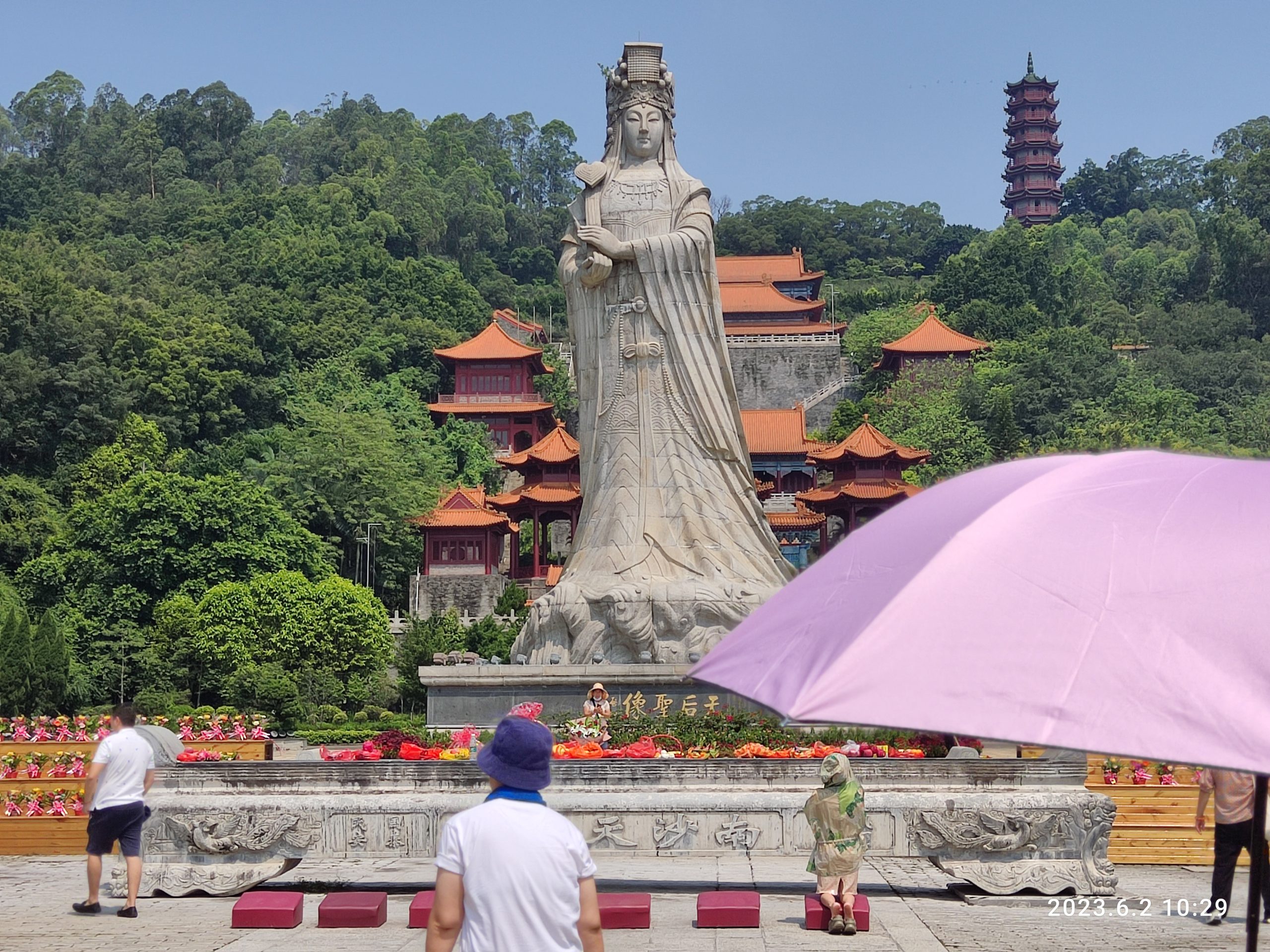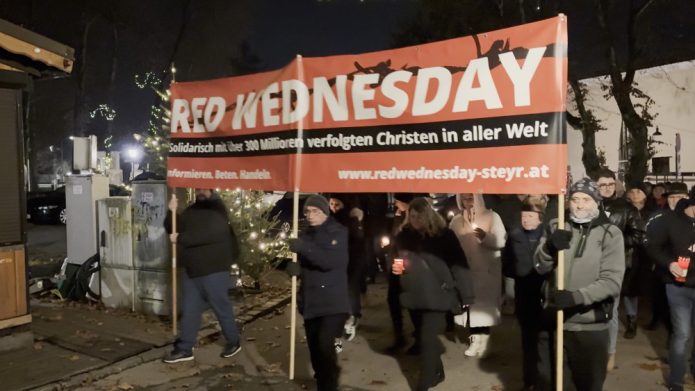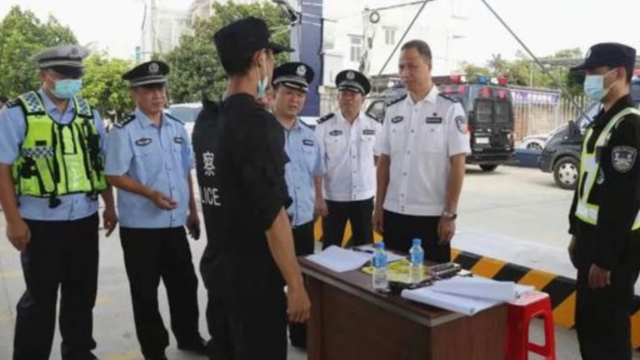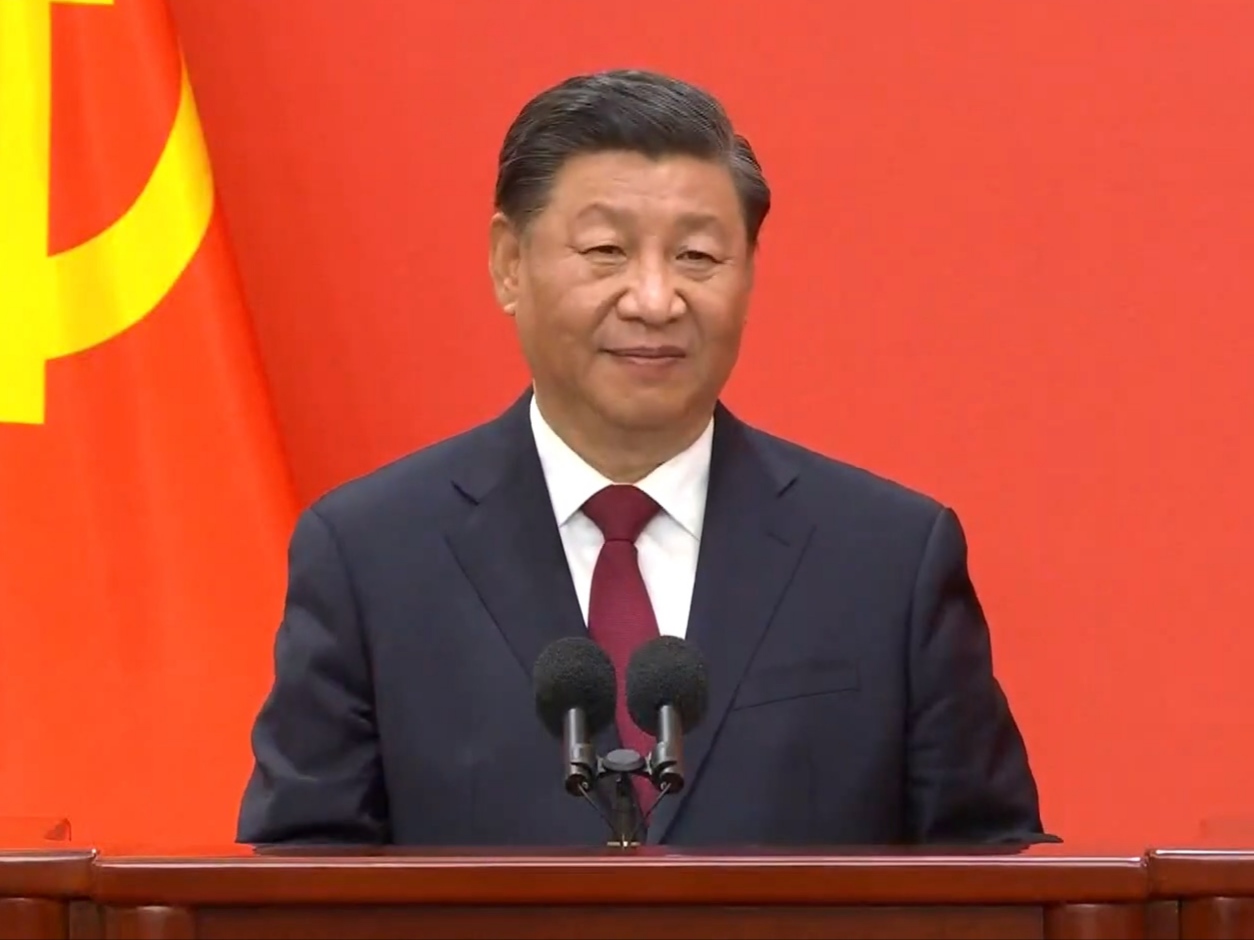Two victims of an attack by white-clad mobsters in the Hong Kong border town on Yuen Long on July 21, 2019 on Friday hit out at a police-backed report that concluded there was no collusion between police and the attackers, in spite of a long delay in responded to multiple emergency calls on the night, and photos of officers chatting with groups of men wielding weapons in white T-shirts.
The victim, who gave only his surname Tseng, said he was among dozens of passengers, protesters, and passersby attacked by individuals wielding sticks and poles inside Yuen Long MTR station on that day, suffering severe injuries in the process.
“I think their theory is unconvincing, and doesn’t explain what happened,” Tseng said of the lengthy report by Hong Kong’s Independent Police Complaints Council (IPCC), which despite its name relies entirely on evidence generated by police, and has no independent investigatory powers.
“I think what most people wanted to know was the relationship between [police and the triads], and what mistakes the police made in their handling of the situation, or in their communications,” he said. “But this report … concludes that there was no collusion.”
“But of course, we know that the IPCC has no powers of independent investigation, and that’s why they reached such a conclusion,” Tseng said.
Democratic Party lawmaker Lam Cheuk-ting, who was himself attacked by gang members in white T-shirts in the same incident, dismissed the report as “garbage.”
“I am very angry,” Lam said. “This report is garbage. It contains no condemnation or criticism of the police … the IPCC is basically doing PR for the police.”
Police investigate themselves
The IPCC has been criticized by its own experts, rights groups, and protesters as a toothless body that relies on the police investigating themselves.
In January, it announced it was quashing a much fuller report in spite of growing international criticism of police violence against protesters throughout 2019.
Friday’s report is a greatly curtailed version, focusing on a handful of contentious incidents that have been the focus of public complaints and demands for redress.
An international panel of law enforcement experts hired by the IPCC stepped down at the end of last year, saying they no longer wished to be associated with the probe, as the IPCC lacked the necessary powers to carry out a credible inquiry.
The IPCC report found that “The police’s failure to take timely action in certain instances did fuel allegations of collusion against the police.”
It blamed inadequacies in the police command structure for their inaction during the first 37 minutes of the attack.
IPCC chairman Anthony Neoh on Friday defended widespread police violence during last year’s pro-democracy and anti-extradition protests, saying it was the duty of police to maintain law and order.
“Under the violence they had to face in performance of their duty, the police had found it necessary to resort on occasion to the use of force,” Neoh said.
The IPCC report also claimed that police had only employed force in reaction to “illegal action” by protesters or in self-defense, a claim that has been undermined by months of social media footage and live video streams from the front lines of the protests.
Public concerns dismissed
The report was highly dismissive of public concerns over the Aug. 31, 2019 attack by riot police on unarmed passengers in the absence of journalists inside Prince Edward MTR station, which gave rise to unconfirmed reports of at least one death at the scene.
It found that the use of the remote San Uk Ling detention facility was inappropriate for detained protesters, particularly those who were already injured.
While it noted that being able to identify individual police officers — something that has been made very difficult through lack of visible information throughout the protests — was key to transparency and accountability, it stopped short of requiring it, saying only that the police were “heading in the right direction.”
The report also denied that Indonesian journalist Veby Indah had been hit by a police rubber bullet, claiming that journalists had already been asked to leave the footbridge where she was standing to cover the day’s protests.
But fellow journalist and eyewitness Sarah Zheng said the report was “inaccurate,” providing a link to the Facebook Live broadcast of the incident.
“[The] FB live … shows police raise their guns & retreat down stairs, then protesters run forward,” Zheng wrote via her Twitter account on Friday. “One nears corner of the stairs with a shield. Police fire & hit Veby. She falls to the ground.”
According to Zheng, police could be heard discussing leaving the area among themselves, but at no point do they tell journalists to leave.
In total, it made 52 recommendations, including calls for better communication with the public over the actions police take to enforce the law.
‘Bloodied but not broken’
Amnesty International said in its 2019 annual report that Hong Kong protesters are ‘bloodied but not broken’ in the wake of abusive policing tactics for which the authorities have yet to be held accountable.
It said the Hong Kong protest movement, which began in June 2019 with mass popular opposition to extradition to mainland China, had demanded accountability in spite of increasingly harsh treatment by the authorities
Reported by Lu Xi and Man Hoi-tsan for RFA’s Mandarin and Cantonese Services. Translated and edited by Luisetta Mudie.
Source: Copyright © 1998-2016, RFA. Used with the permission of Radio Free Asia, 2025 M St. NW, Suite 300, Washington DC 20036. https://www.rfa.org.



